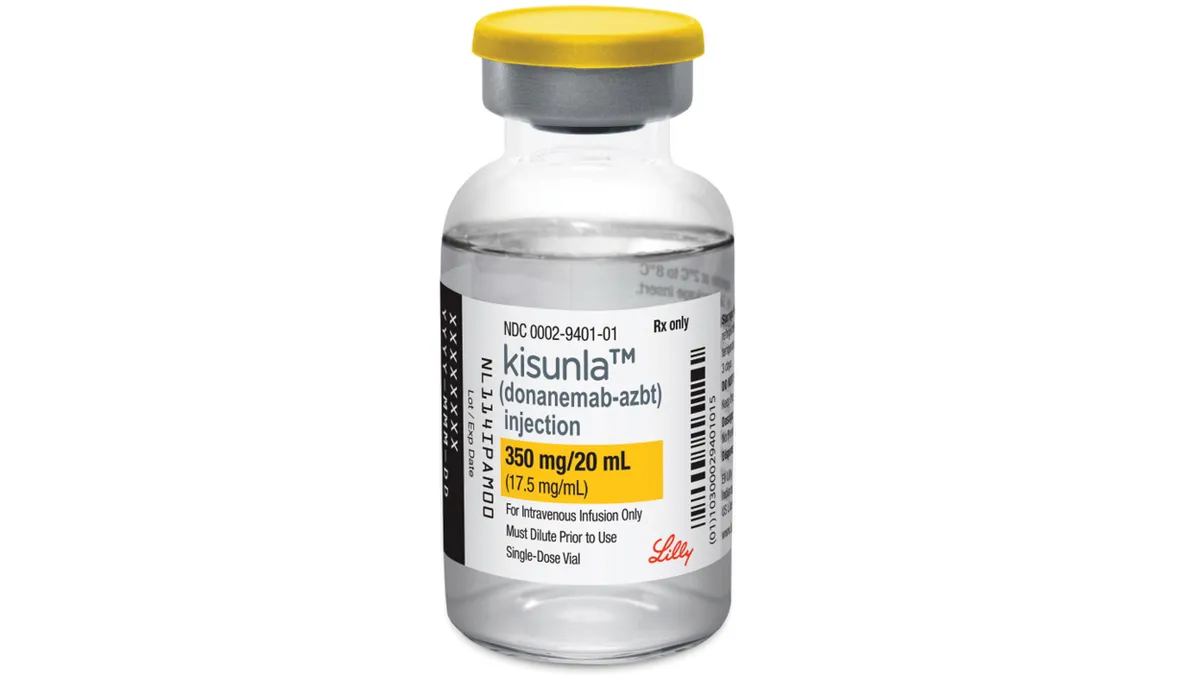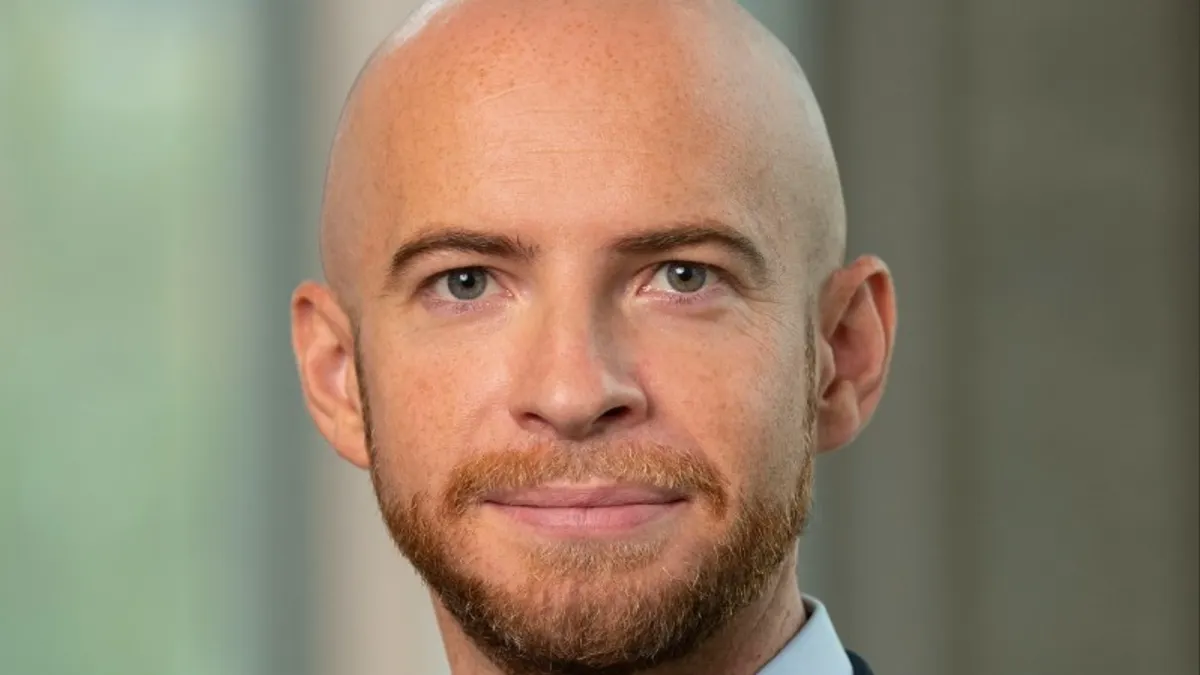If drugmakers have learned anything in the last few years about the Alzheimer’s market, it’s that an FDA approval is by no means a guarantee of success.
So as Eli Lilly celebrates last week’s green light for the amyloid-plaque clearing Kisunla — formerly known as donanemab — there’s still work to be done to ensure patients who qualify can access the drug.
Predecessors in the space have had mixed success. From the outright disastrous launch of Biogen and Eisai’s Aduhelm, which payers declined to offer on the basis of muddy efficacy and safety, to the same duo’s Leqembi, which was met more positively but has been slow to meet market expectations, Alzheimer’s has been a tough nut to crack.
“Any new treatment in the Alzheimer’s area is providing some hope to that community. There’s definitely a market for it — it might not be the perfect drug today, but cancer drugs when we first developed those weren’t perfect either.”

Jayne Hornung
Chief clinical officer, MMIT
Can Lilly make a bigger splash? Some market watchers think it’s possible despite clinical results that showed a risk of brain swelling called ARIA in a subset of patients. Like Aduhelm and Leqembi, the drug’s label is limited to patients in early stages of the disease and with confirmed amyloid plaques in the brain.
For one reason in particular, though, Kisunla stands out in the crowd.
“Kisunla has Lilly behind it,” said Jayne Hornung, chief clinical officer at MMIT, a market access consultancy. “That’s a powerhouse that literally knows how to bring a drug to market in the face of [adverse drug reaction] information.”
Kisunla is estimated to reach $2 billion in annual sales by 2029, according to a July 2 note from Cantor Fitzgerald analyst Louise Chen. That’s similar to Cantor’s Leqembi estimates of about $2.2 billion in the same time frame despite hitting shelves more than a year earlier than Kisunla.
Lilly “is a marketing machine, and it will be interesting to see how the launch will progress relative to expectations,” Chen wrote.
Kisunla carries a slightly higher price tag than Leqembi at $32,000 for a year’s worth of 13 infusions, compared to Leqembi’s $26,500. However, Kisunla can be stopped once plaques have cleared, whereas Leqembi is infused every two weeks indefinitely. In Kisunla’s late-stage trial, 17% of patients completed treatment in six months, 47% in a year and 69% at 18 months, Chen said.
A welcome treatment — mostly
Kisunla’s approval was met with enthusiasm from patient groups and medical organizations that support the entry of medications to help ease the burden of Alzheimer’s disease. Among them, the Alzheimer’s Association, Voices of Alzheimer's and the Alzheimer’s Drug Discovery Foundation voiced support for the decision.
“Any new treatment in the Alzheimer’s area is providing some hope to that community,” Hornung said. “There’s definitely a market for it — it might not be the perfect drug today, but cancer drugs when we first developed those weren’t perfect either.”
Among critics of the FDA’s approval, however, was the consumer advocacy group Public Citizen, which cited “modest” efficacy and “substantial” safety risks that should have led to a rejection. For these reasons, access to Kisunla is appropriately limited to a specific set of patients who will benefit, Hornung said, pointing to three deaths in the late-stage study as a result of the brain swelling complications.
“It’s not the best drug for everyone, and we’ll have to pick patients appropriately, but we do that for every drug,” Hornung said. “The benefits do outweigh the risks for this medicine, like the FDA committee suggested.”
Lilly can learn from similar complications of drugs like Aduhelm and Leqembi in Alzheimer’s — and even drugs that treat other diseases like multiple sclerosis can serve as a comparison. Sanofi’s MS drug Lemtrada held a black box warning for a brain infection called progressive multifocal leukoencephalopathy that patients and physicians shied away from, Hornung pointed out. But the setback led to newer drugs without risk of PML, a testament to the evolving treatment landscape.
“As we develop new drugs,learn from them and understand what’s causing adverse reactions, we make changes to the molecules and create better drugs that benefit patients,” Hornung said. “We’re seeing the same thing here.”
More targets outside of monoclonal antibodies could be where the Alzheimer’s field progresses down the line.
“Scientists understand there’s a connection between amyloid plaque and Alzheimer’s, and while it may not be the cure, it is helping patients slow the progression of the disease,” Hornung said. “If we can do that, then one day that might lead to a cure using more specific targets.”
And payers are likely to provide access to drugs like Kisunla and Leqembi as long as patients qualify, Hornung said.
“Payers aren’t limiting access the way they did with Aduhelm,” Hornung said. “They’re finding ways to get this product to the right patients, and not freely handing it out to anyone with Alzheimer’s.”

















